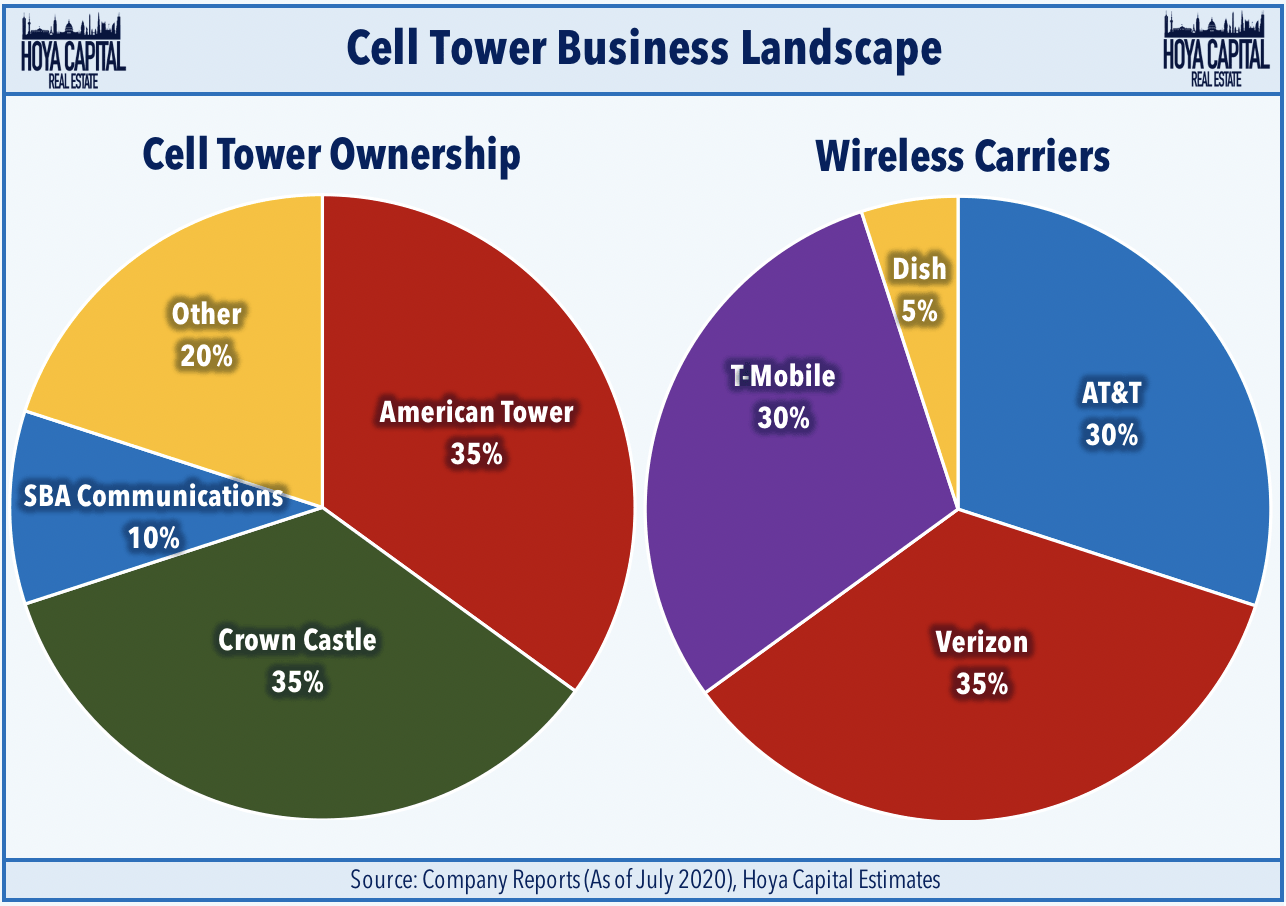What is the safest distance from a 5G cell Tower system?

If you've ever walked through a town, you may have seen tiny cell towers for 5G on street light poles. They look like small boxes, but they're actually broadcasting wireless signals from cellular providers to your phone.

They are replacing larger specially-designed cell towers. While they're less noticeable, they still can cause problems for people.
It is the of the FCC's Radiation Exposure Thresholds
The FCC's Radiation Exposure Thresholds determine the safe distance that a person can be exposed to electromagnetic radiation from wireless devices. The limits of exposure are based upon scientific research that show that RF energy can cause harm to health.
The rate of absorption called the specific absorption rate (SAR) is an indicator of the radiofrequency energy that is absorbed by tissue. It's typically 1.6 watts per kilogram, calculated over one kilogram of tissue.
But, since safe distance to live from cell phone tower operates at higher frequencies this could be able to cause greater energy intensity on the skin and other directly-exposed body parts. This could lead to many potential problems, including an increased the development of skin conditions such as dermatitis, skin cancer and cataracts.
Due to the possible harmful effects of radiation from 5G, PSU has chosen to create a general maximum power density of four MW/cm2 averaged on 1cm2, and not to exceed 30 minutes for the entire 5G spectrum at 3000 GHz. This localized limit is consistent with the highest SAR spatial-average of 1.6 W/kg, which is averaged over 1 g of tissue at 6 GHz.
The FCC's Maximum Exposure Thresholds
In the event that you've used mobile phone, you probably know that the safest distance from the tower should be at least 400 meters. This is due to the power of the transmission of cell towers increases drastically the further the tower is.
While it sounds like an ideal idea, the reality is that people who live close to towers might be more susceptible to health issues. For example, a study from 2014 in India found that residents who lived within 50 meters of cell towers had much more health problems than those living further distance from them.
However, this study also found that people who moved into areas farther away from cell towers experienced their symptoms improve within a couple of days. Other studies have revealed that exposure to high levels of radiofrequency electromagnetic fields (EMFs) could cause brain tumors, cancer, and other health problems.
This is due to the fact that radiofrequency radiation, utilized in wireless communications, can be absorbed by the body's outer layer, the skin. This is important to understand because the skin acts as a protective barrier against mechanical injury, infection by pathogenic microorganisms, and the entry of harmful substances. The skin is the biggest organ in the human body. It is responsible for maintaining the integrity of other organs.
The FCC's Minimum Exposure Thresholds
The FCC's Minimum Exposure Thresholds rely on numerous assumptions that are not supported by scientific research. They include the incorrect belief that short-term exposures RF radiations are not harmful due to the limited penetration into the body (i.e. the heating of tissues).
This also overlooks the more extensive penetration of ELF components of modulated RF signals, as well as the effect of brief bursts of heat generated by RF waves that are pulsed. These assumptions are not in line with the current understanding of biological effects of RF radiation. As such they shouldn't be considered for health protection exposure guidelines.
Additionally to that, ICNIRP and FCC restrict its maximum levels of radiation exposure for local peak SARs, based on the peak spatial specific absorption rate (psSAR), which can be described as not a reliable dosimetric instrument for determining the level of exposure to RF radiation. In particular the psSAR tool is not accurate for frequencies above 6 GHz. Additionally, psSAR hasn't been evaluated for RF radiation with co-exposure to other agents of the environment such as sunlight. In https://ctxt.io/2/AACQ066iFw of interactions, RF radiation and other environmental agents could cause synergistic or antagonistic results. This can lead to the risk of having adverse health effects. For instance, exposure to RF radiation along with exposure to sunlight can cause an increase in the incidence of developing skin cancer and exacerbate other skin diseases such as acne.
